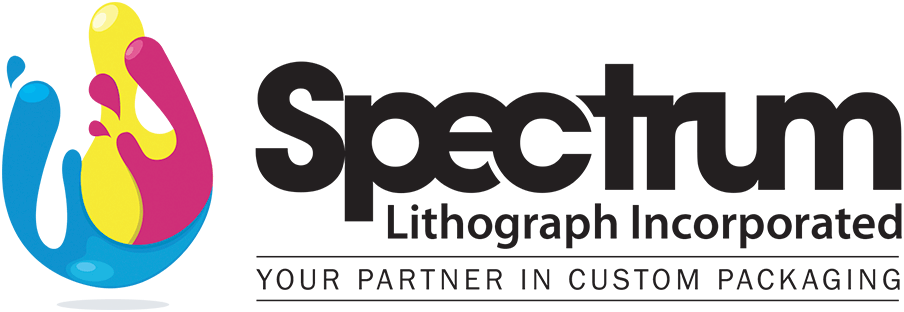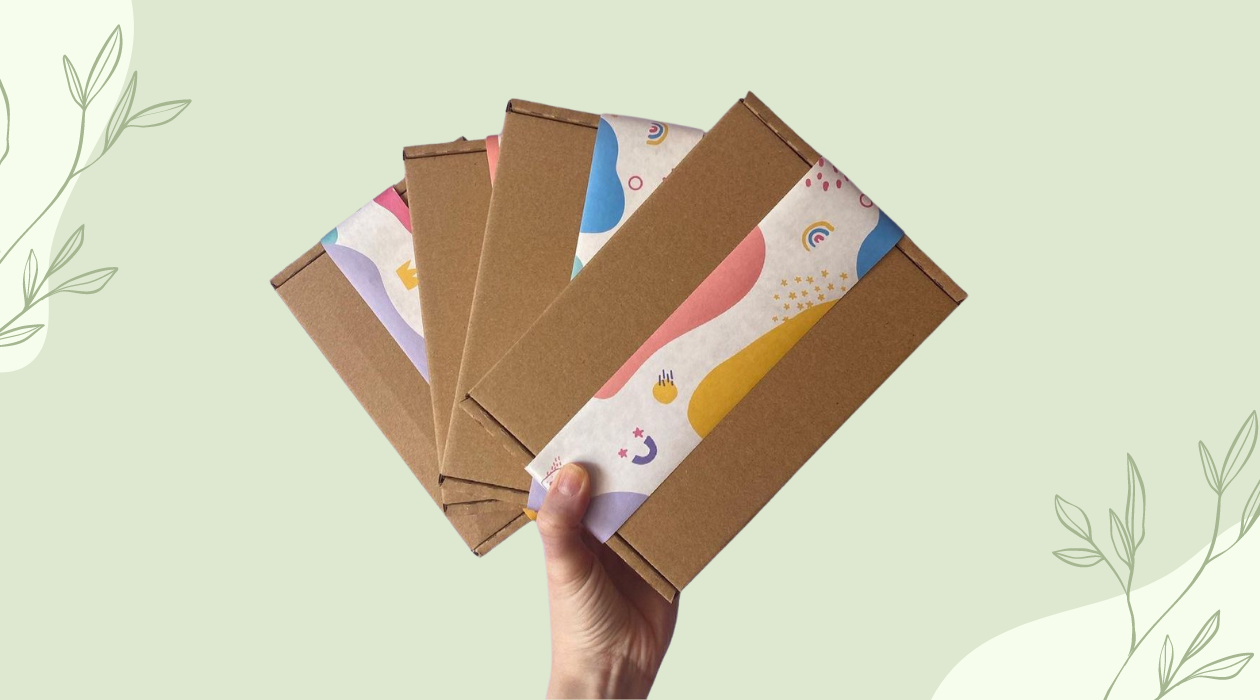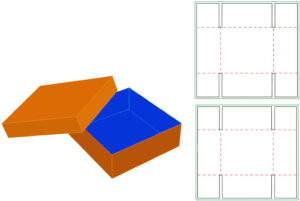In the competitive world of small businesses, creating a unique and memorable brand identity is crucial. One effective way to stand out is through custom packaging. Custom packaging not only protects your products but also serves as a powerful branding tool. In this blog post, we’ll explore DIY custom packaging tips tailored for small businesses looking to make a big impact.
- Choose the Right Materials:
Selecting the right materials for your custom packaging is key. Consider the nature of your products, their fragility, and the environmental impact of your choices. Opt for sustainable materials whenever possible to align with the growing eco-conscious consumer base. - DIY Design Software:
Thanks to the internet, there are numerous user-friendly design tools available for DIY packaging design. Platforms like Canva, Adobe Spark, or even basic tools like Microsoft Word can be powerful allies in creating visually appealing packaging designs. Experiment with different layouts, colors, and fonts to find what suits your brand best. - Branded Labels and Stickers:
If creating an entire custom box seems daunting, consider designing branded labels or stickers. This approach allows you to personalize generic packaging easily. Include your logo, tagline, or any other elements that represent your brand. - Think About Functionality:
While aesthetics are crucial, functionality should not be overlooked. Ensure that your DIY custom packaging protects your products during transit and storage. Consider inserts, dividers, or cushioning materials to prevent damage. - Personalize for Your Target Audience:
Understand your target audience and tailor your packaging accordingly. If your products appeal to a specific demographic, incorporate elements that resonate with them. Personal touches can go a long way in creating a connection between your brand and customers. - DIY Printing vs. Professional Printing:
Depending on your budget and scale, decide whether to invest in professional printing or opt for a more cost-effective DIY approach. Printing services can provide high-quality results, while DIY printing may be suitable for smaller quantities. - Test and Iterate:
Don’t be afraid to experiment with different packaging designs. Ask for feedback from trusted friends, family, or even customers. Use their input to refine and improve your packaging for a more effective brand presentation. - Stay Consistent Across Products:
If you offer a range of products, maintain consistency in your packaging. This consistency reinforces your brand identity and helps customers recognize your products easily. - Include a Call to Action:
Utilize your packaging as a marketing tool by including a call to action. This could be a discount code for their next purchase, an invitation to follow you on social media, or a request for a product review. Encouraging customer engagement post-purchase can lead to brand loyalty.
DIY custom packaging is a fantastic opportunity for small businesses to elevate their brand presence. By aligning your packaging with your brand identity, choosing the right materials, and incorporating personal touches, you can create a lasting impression on your customers. Invest time and creativity into your packaging, and watch it become a powerful extension of your brand.


